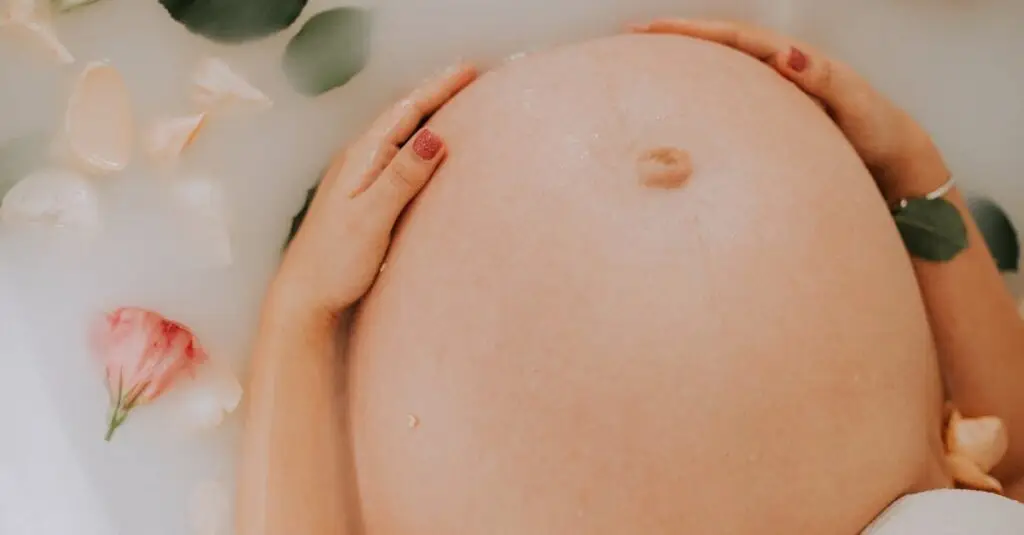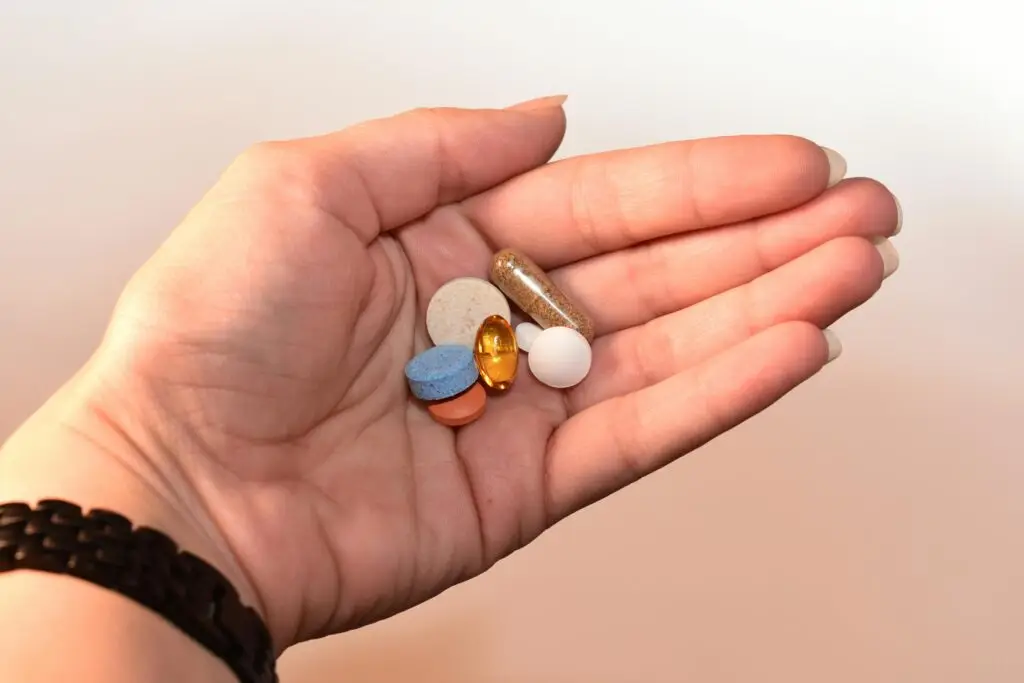What’s the relationship between fertility treatments and twins? You’ve heard it a thousand times before – fertility treatments make it more likely you’ll have twins. But is that really true? And what else can increase the chances you’ll have twins?
Do fertility treatments increase the chance of having twins?
Yes! Many fertility treatments increase the chances of having multiples. These include IVF, IUI, and medications like Clomid or Letrozole. Each treatment raises the risk in different ways. With IVF, the chance increases if doctors implant more than one embryo. Clomid and Letrozole stimulate the ovaries to ripen multiple eggs. Releasing more eggs raises the chance of conceiving twins or multiples.
What percentage of twins or multiples are a result of fertility treatments?
In the United States, about 36% of twin births and over 75% of triplet or higher-order births are caused by fertility treatments, including assisted reproductive technologies (ART) like IVF and IUI, and ovulation-inducing medications. It is clear that the relationship between fertility treatments and twins is strong!
Will having fertility treatments put my babies at risk if I do get pregnant?
In a way. First, fertility treatments, whether resulting in a pregnancy of a singleton or multiples, carry a higher risk to mom and baby than conceiving naturally. Second, doctors automatically consider a pregnancy with multiples high-risk, even if you conceived them naturally without fertility treatments. Taken together, these combined facts do indicate that fertility treatments resulting in a pregnancy with multiples does involve a higher risk than other pregnancies. Be sure to seek prenatal care early and often – your doctor will take excellent care of you and your babies! Especially if you got pregnant using fertility treatments, your provider will be very familiar with the relationship between fertility treatments and twins, as well as the associated risks.
What is the likelihood of having twins without any fertility treatments?
The likelihood of having twins without the use of fertility treatments is low. Naturally, about 1 in 250 pregnancies results in identical twins, while fraternal twins occur in about 1 in 80 pregnancies. Combined, the natural twinning rate is around 1–2% of all pregnancies. Several things can slightly increase the odds of conceiving twins naturally. This includes maternal age (especially women over 30), a family history of fraternal twins (on the mother’s side), higher body mass index (BMI), and ethnicity—women of African descent are more likely to have twins, while women of Asian descent are less likely. Interestingly, research suggests that taller women may be slightly more likely to conceive twins.
If a woman has already had twins, what’s the likelihood she’ll have another set of twins in the future?
That depends! If the twins were conceived with assistance from fertility treatments, then she is not more likely to have twins again than any other woman (unless she seeks fertility treatments again, and she will be no more likely to have twins than she was the first time). If twins were conceived naturally and were fraternal, then there is a 1 in 12 chance that she would conceive twins again in future pregnancies. This is because fraternal twins depend on the woman’s biology and heredity. Oppositely, identical twins are a random event, and so a woman who had identical twins before would not be more likely than any other woman to have twins again. Check out this article to learn more about the differences between identical and fraternal twins!
Conclusion
The relationship between fertility treatments and twins is undeniable. Navigating the world of fertility treatments can be confusing and complicated. You should spend lots of time considering the ethical and moral implications of the varying treatments, and then consult with your doctor about your options. If you choose proceed with fertility treatments, now you know that you might be lucky enough to see twins on that first ultrasound!


